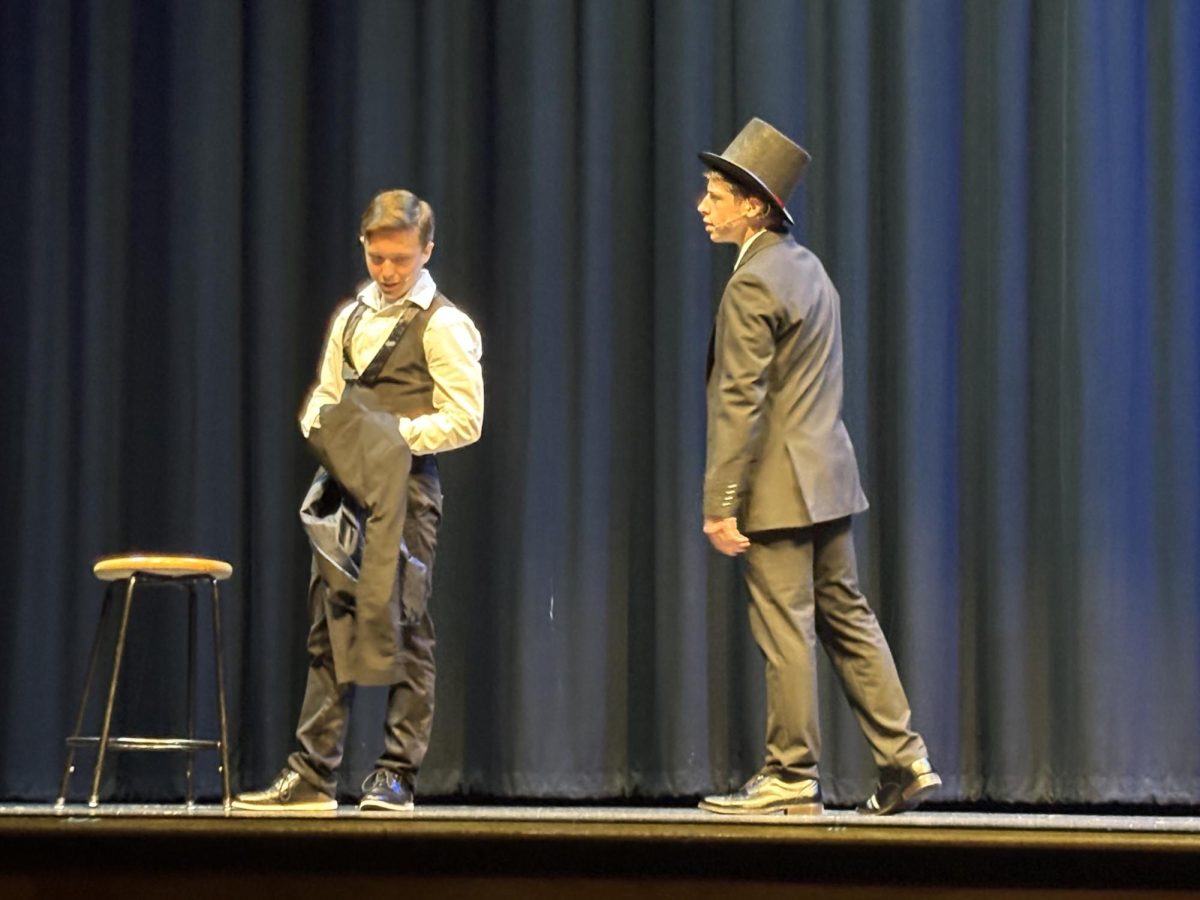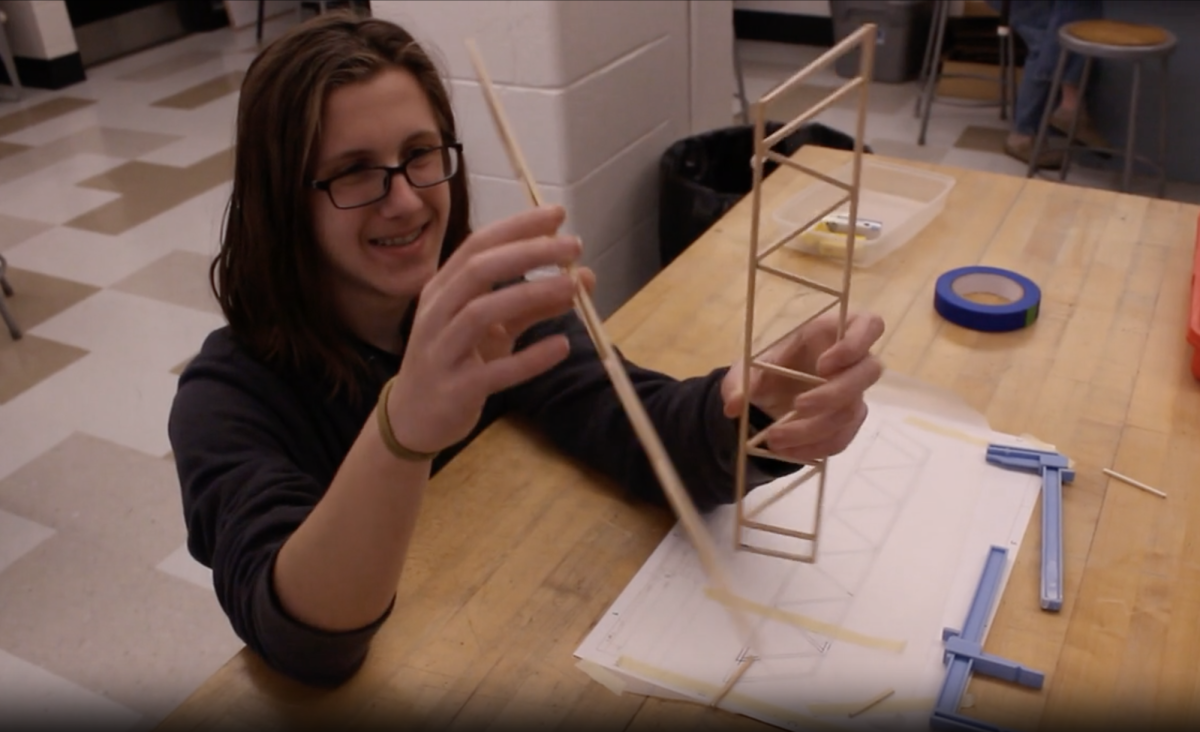The scent of genuine leather and hard laces combined with the familiar bounce against a court floor are usually envisioned when it comes to basketball.
The orange basketball that everyone knows and loves was brought into regulation in the 1950s.
This mental image may change in the future, as Wilson’s first 3-D printed ball is hitting the market.
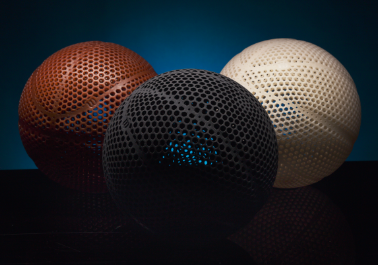
Wilson released the “Airless Gen 1” on Feb. 16, which is now the first 3D-printed basketball on the market. The main benefit of 3D-printed balls is that they do not have to be inflated.
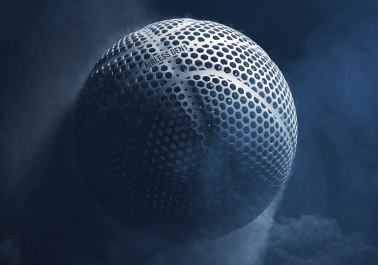
As of now, Wilson has released a limited stock of only 75 basketballs, and they have all sold out despite the high dollar price of $2,500.
One can expect to see this type of basketball used in the NBA within the next decade.
In terms of high school sports usage, students and staff have positive opinions on the newly released ball.
Junior Brooks McKnight is a varsity basketball player who has been playing basketball for quite some time.
“I think that the weight of the ball could possibly change the game,” McKnight said. “It could make it easier or harder to shoot; it depends on how you look at it.”
Brett Maxwell is one of the health and exercise science teachers, and a frequent basketball user. Maxwell weighed the probability of the ball’s use in professional sports.
“If it shows success in being consistent, then I don’t see why…[it would not be used in professional sports],’ Maxwell said. “Anyone who is playing a sport at a high level just wants consistency.”
Joe Sorice is the head coach of the football team and is also one of the health/PE teachers at Susquehannock.
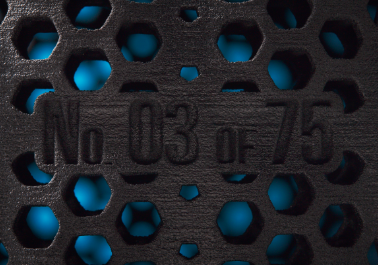
“I think students would be receptive to it at first,” Sorice said. “It’s a really cool design. As a phys-ed teacher, I would love to get my hands on one.”
While this highly innovative ball has not been mass-produced as of March 13, 2024, expect to see this “Air-less” concept used on other balls in the near future.
It is important to note that historically, change hasn’t always been good to the players of the game.
Wilson Sporting Goods Company began producing basketballs in the 1970s, and two years later, the Wilson ball was chosen as the official basketball of the NBA.
However, in 1983 the NBA chose to use Spalding’s basketball; Spalding is known for making basketballs and basketball hoops. The NBA would continue to have Spalding as the ball provider for nearly 50 years. In 2006, Spalding released a new basketball with synthetic material within the ball. This was the first change to the ball since 1970. The ball is made from a microfiber composite designed to give a better grip and feel.
On paper, that seemed like a great innovation, but it received negative feedback from several players in the league. Spalding would return to using their regular ball until 2021 when the NBA switched back to Wilson.




